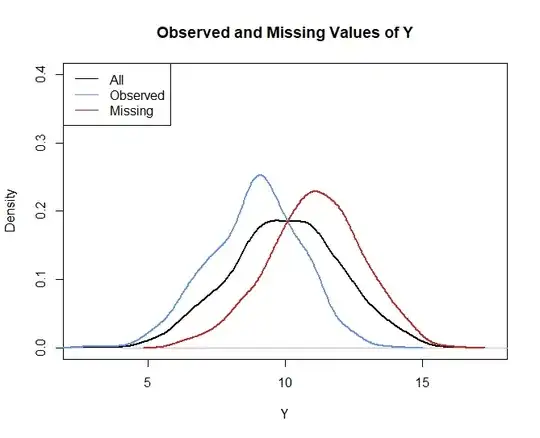I've been running PCA using SPSS and here are the things I have done so far:
- N = 105. The number isn’t exactly ideal for PCA and accordingly to majority of the studies, but I did find a few sources which claim that at least 100 is okay.
- All 38 items of both EQ and QCAE questionnaires were chosen (these two scales measure empathy)
- The Kaiser-Meyer-Olkin measure of sampling adequacy indicated a value of 0.73, which was above the recommended value of 0.5.
- Bartlett’s test of sphericity was significant (suitable for data reduction).
- To identify problematic variables, KMO statistics for individual variables were examined from the anti-image matrix. All of the variables had correlation above 0.5 and thus no problematic variables were found.
- Average communalities had a value of 0.65, which was adequate for a sample size between 100 and 200 (MacCallum et al., 1999).
- To choose an appropriate number of factors to extract, I used Kaiser’s eigenvalue criterion (>1) and thus retained 10 factors.
- Ten factors in combination explained 65% of the variance, which is ok good
- I used varimax rotation method to extract component matrix
Here are my problems: #Problem 1: Upon the inspection of scree plot, points of reflects were observed at both 2 and 3 factors. It was not really aligned with the convergence of Kaiser’s criterion, but the rule itself has received a lot of criticisms of course. What do I do? (See the image)
#Problem 2: After an examination of the matrix, I started to think that the I should have just retained 2 factors, but the two-factor component would only explain 29.53% of the total variance, which is quite low. However, you can already see that cognitive empathy (online simulation, perspective taking) had a large representation in the factor loading, while mixing with a few EQ items. I have to think of something to explain this qualitatively of course..
Based on these problems, how can I determine the correct numbers of factors in my PCA?

